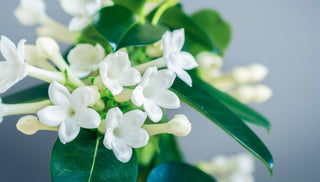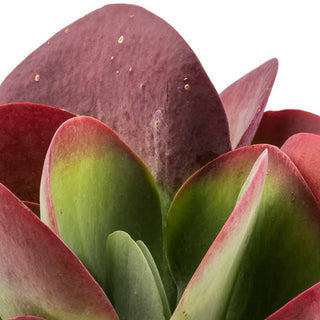☘ Origin: Europe
☘ Family: Araliaceae
☘ Botanical Name: Hedra helix
☘ Common Name: English Ivy
Symbolism: Ivy, being an evergreen plant, represents eternity, fidelity, and strong affectionate attachment, such as wedded love and friendship.
🍃 Shop Your English Ivy Today!
🔆 Light
English Ivy enjoys bright indirect light, no strong direct sunlight or the foliage will burn. In less light conditions, the Ivy will become leggy and sparse.
Give your plant a turn every few days to expose all sides to light for even growth from all sides.
💧 Water
Let the top 25-50% of the soil dry out before watering. Always make sure to empty the saucer of any water. English ivy does not like its roots constantly wet. Crispy brown leaves indicate over-watering, not under-watering.
To give your plant the absolute best, room-temperature rainwater and bottled spring water are your best options. Any water containing sugar or salt will hurt your plant!
☁️ Humidity
This plant loves to be misted with room-temperature water; feel free to do this daily using filtered-water, especially in the winter when the air is very dry. Not only does misting provide humidity it also keeps the pests away.
🌡️ Temperature
English Ivy can grow in temperatures between (8-28°C). They prefer a consistent temperature rather than large swings in temperature.
🧴️ Food
Thrives when fed two times per month in the spring and summer with a general-purpose indoor plant fertilizer at half-strength. There’s no need to feed in the fall or winter when the plant goes into a natural resting period. Fertilizing during this time could do more harm than good.
🐾 Toxicity
Mildly toxic to humans and pets. Typically, ingestion will cause mouth and stomach irritation and possible vomiting.
Feel free to trim up your English ivy regularly to keep it in shape. Snip off trailing vines that are just too long with a pair of sharp scissors or pruning shears to keep your plant looking full. You’ll get a bushier plant this way. You can prune (cut) your plant back by as much as half at a time — you won’t hurt this robust plant at all.



